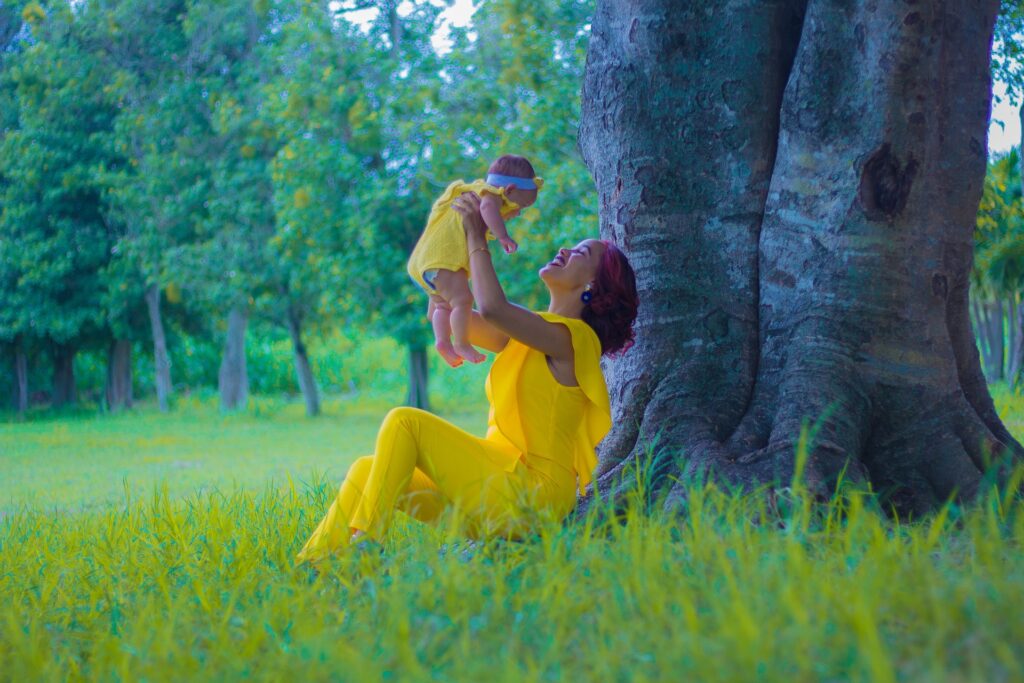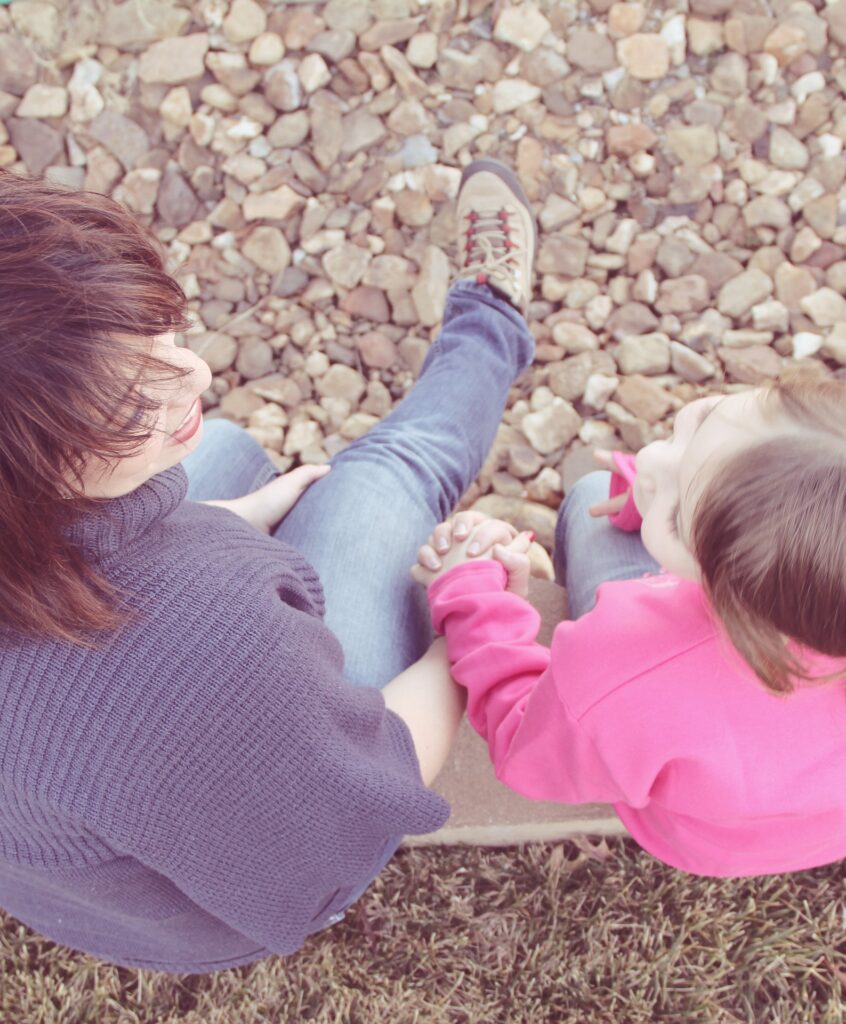
Baby talk …. we’ve all heard it; we’ve all used it. It’s the speech we alter to engage babies and encourage them to smile, laugh, and coo. We may use a sing-song voice, a higher-than-normal tone, and stretched out vowel sounds. We use inflection in our voices, sometimes coupled with silly facial expressions to grab our baby’s attention. But is this type of language beneficial to our babies, or does it cause problems in our baby’s speech development?
Communication with your baby begins in the womb. Baby becomes accustomed to and comforted by Mom’s voice. Not only does baby hear Mom’s voice in day-to-day activities, but Mom can also talk directly to her baby. This may seem a bit silly at first, almost as if you are talking to yourself; however, talking to your baby in utero gives him or her an early start with speech and language development.
At around 18 weeks of pregnancy, babies can start to hear sounds inside Mom’s body, like her heartbeat.
At around 28 weeks, babies can hear sounds outside Mom’s body, like her voice. Babies begin enjoying and receiving comfort from this familiar sound. While in the womb, the voice and words of Mom are the first influence on the baby’s developing brain!
At around 1 to 3 weeks after birth, babies begin to recognize Mom’s voice. They prefer her voice over unfamiliar female voices and will soon start turning their heads toward her sound. Many moms will use “baby talk” instinctively to their babies. Studies show that this speech, also called “Parentese”, helps our babies learn. The high pitch, slow speed, and exaggerated pronunciation of baby talk draws the baby’s attention and teaches him or her how to produce speech and how communication works. Talking to your baby teaches communication skills and language development.
When a baby gets old enough to understand what words mean and not just enjoy inflection and smiles, it is time to model correct speech. This usually happens at around 12 – 18 months of age. Most babies at this age can say a few simple words: “Mama”, “Dadda”, “Bye-Bye”, and the ever popular “No.” It is now important to guide your baby in correct verbiage by using correct words, phrases, and sentences when talking to your baby.
“Now I am going to tie your shoes”, or “It’s time to take a bath now”, gives language exposure. “Are you ready to eat?”; “Did you have a good nap?” Such questions model conversation skills and encourage your baby to begin responding to you. Just as when using baby talk, keep your words slow and clear. Praise any effort they give to respond and give them an example of how they can answer. Be interested in their conversation, and always be respectful of their opinions.

This post contains affiliate links, which means I may receive a small commission, at no cost to you, if you make a purchase through a link.
